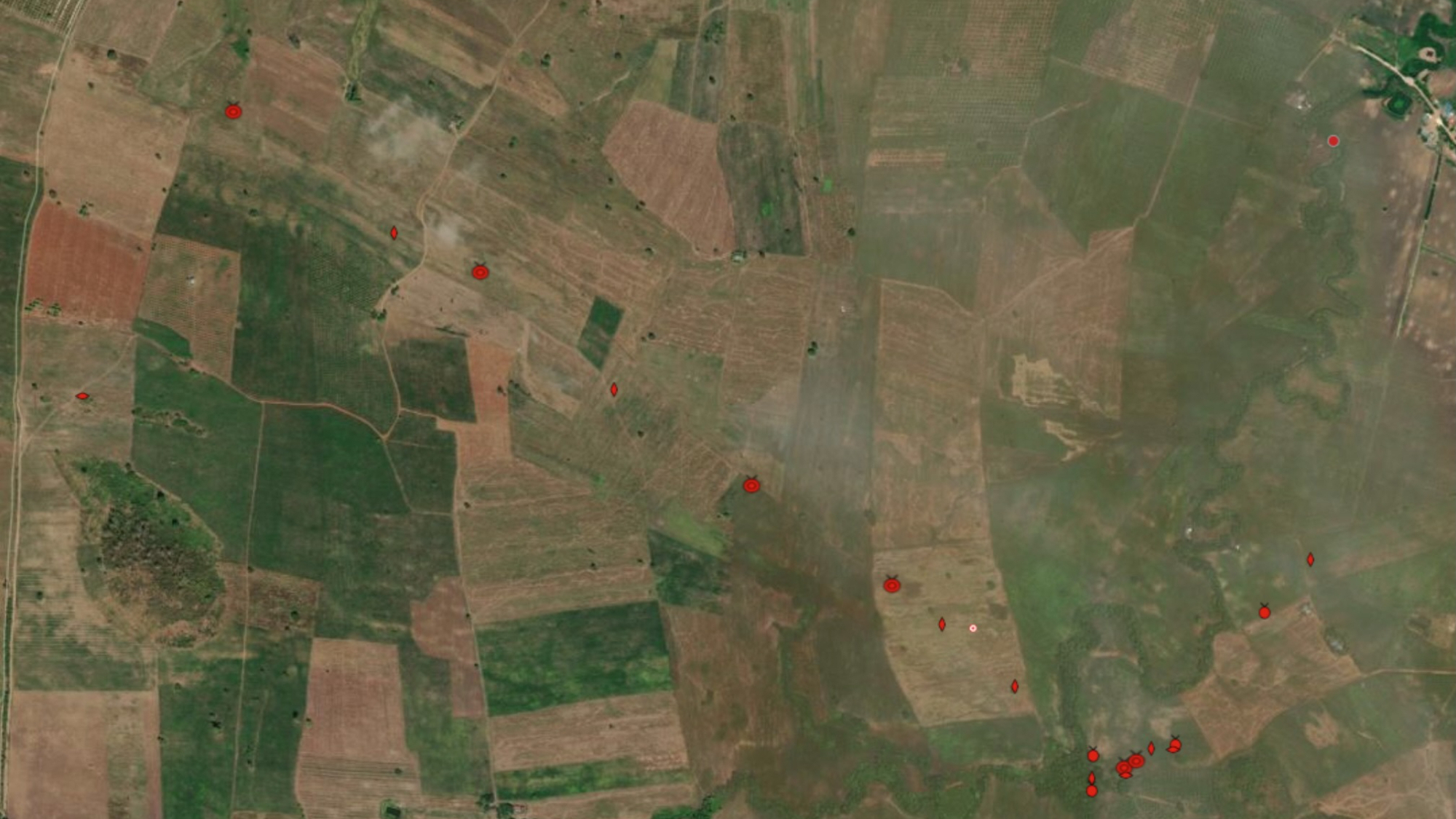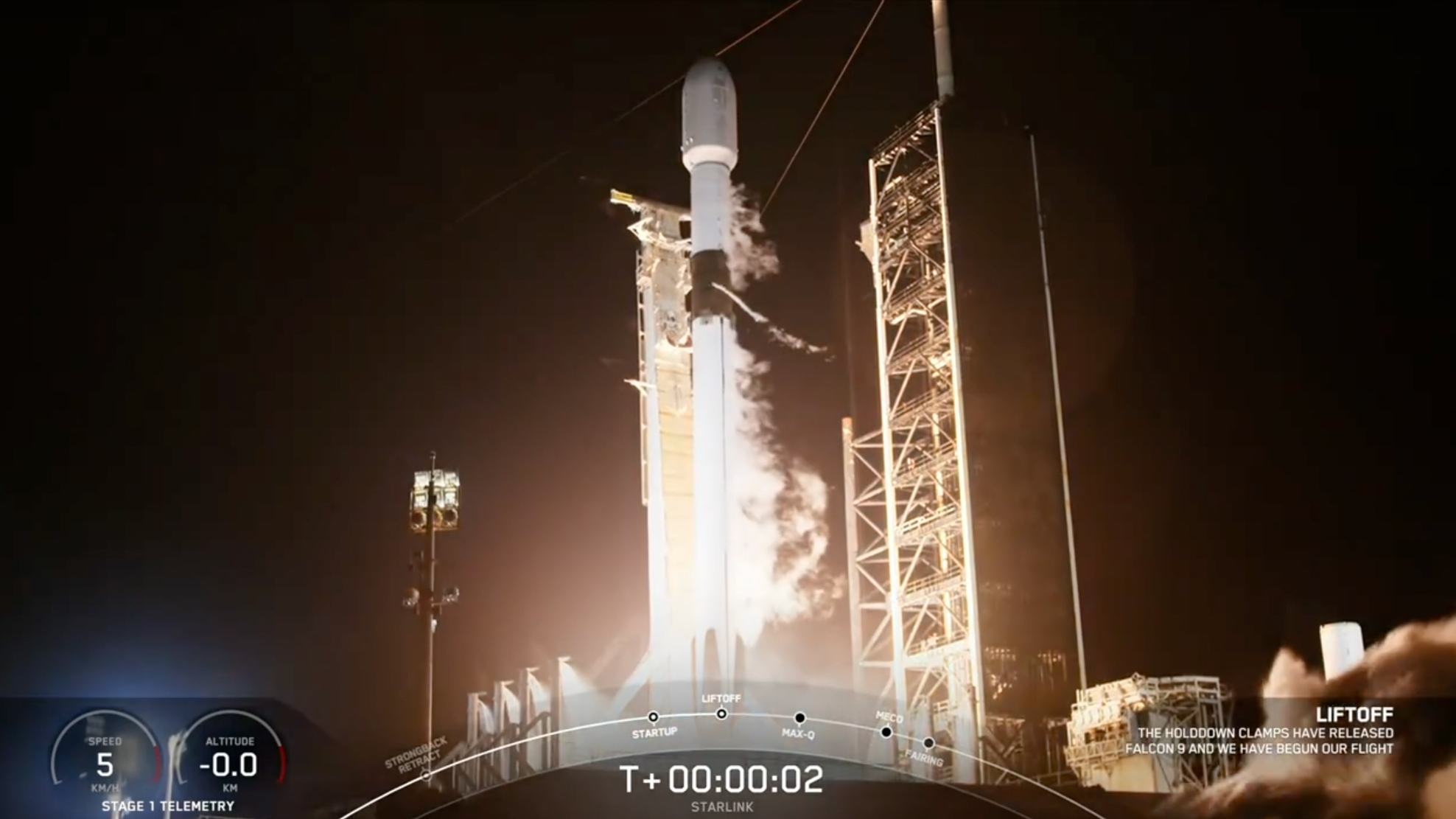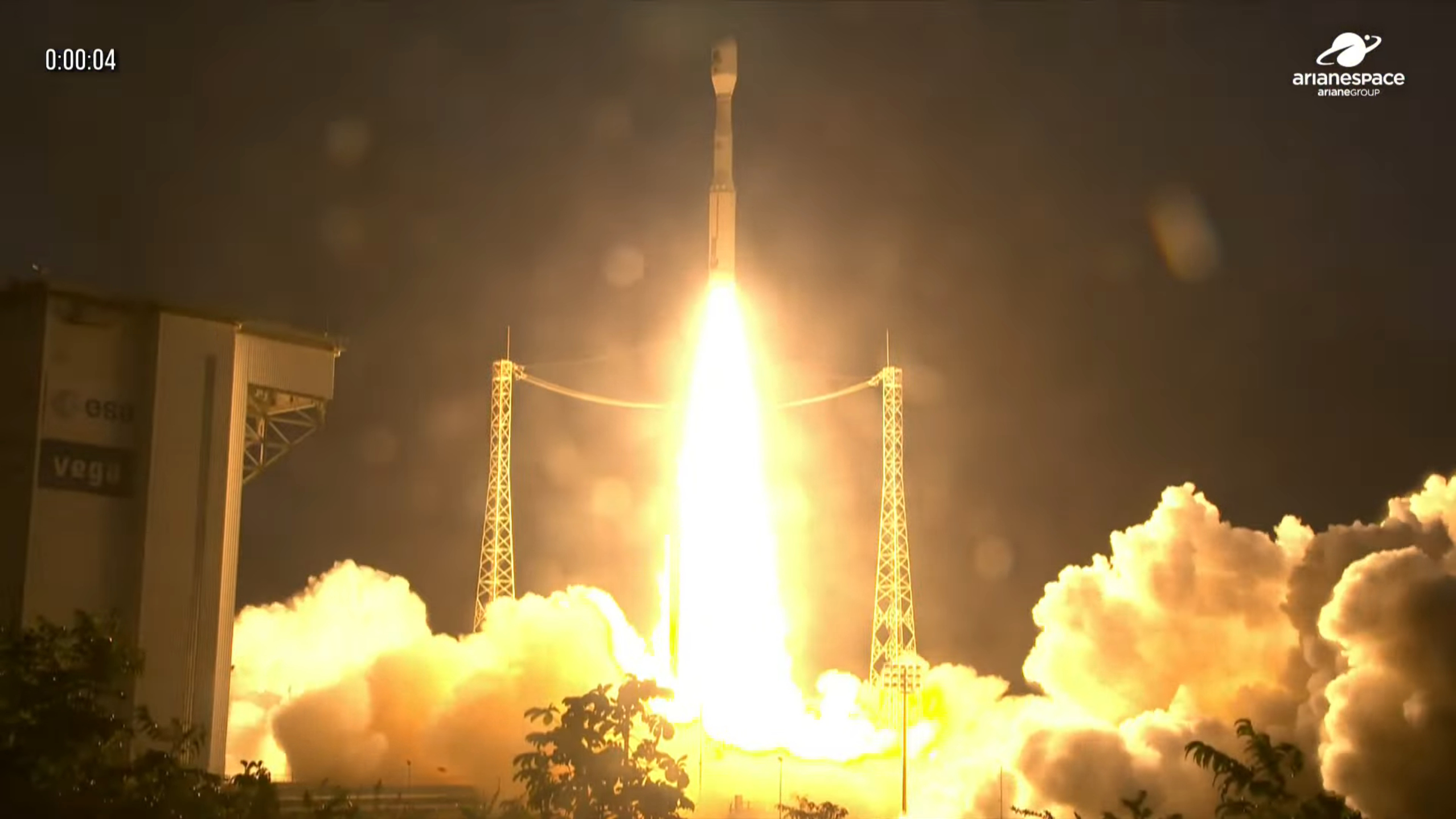Watch Europe's Solar Orbiter get up close and personal with the sun's corona (video)
The corona was surprisingly tranquil during its closest-ever video shoot.
The European Solar Orbiter spacecraft took the highest-resolution video ever of the upper layer of the sun's atmosphere, the corona.
The spacecraft, launched in 2020, took the image sequence during its recent close approach to the sun, or perihelion, on Oct. 13. The video sequence, taken with Solar Orbiter's Extreme Ultraviolet Imager (EUI), reveals the corona in a tranquil, almost motionless, state. The apparent calm is quite surprising because the sun's activity has recently been picking up due to the star's 11-year cycle of activity.
The corona is the puzzling outermost region of the sun's atmosphere that extends millions of miles or kilometers into outer space. The corona is extremely hot, over 1.8 million degrees Fahrenheit (1 million degrees Celsius), much hotter than the sun's surface, which has only about 10,000 F (6,000 C). This region is the source of coronal mass ejections, bursts of magnetized plasma that can interfere with Earth's magnetic field and trigger geomagnetic storms, causing auroras, power blackouts and satellite glitches.
Related: Mysterious region of the sun shines in new photo from world's largest solar telescope

Solar Orbiter took the video sequence when it was 27 million miles (43 million km) from the sun's surface, about 29% of the Earth-sun distance, which is closer than the orbit of the solar system's innermost planet, Mercury.
Each pixel in the video covers an area 65 miles wide (105 km), which means that 17 Earths would fit across the image, according to a statement from the European Space Agency (ESA), which manages the mission.
The arches of bright plasma visible in the sequence are held in place by powerful magnetic loops that emanate from the sun's interior, ESA added.
Get the Space.com Newsletter
Breaking space news, the latest updates on rocket launches, skywatching events and more!
Solar Orbiter is one of two spacecraft currently exploring the sun up close. NASA's Parker Solar Probe makes deeper dives toward the star's surface, but Solar Orbiter takes images from a closer viewpoint than any spacecraft before. The environment in the region where Parker Solar Probe travels, a few million miles above the sun's surface, is too hot for an imaging instrument to survive.
Together, the two spacecraft are helping scientists understand the sun's behavior. Although the sun is our closest star, there is still a lot about it that puzzles scientists, like why the corona is so hot nor how exactly the sun's 11-year activity cycle works.
Follow Tereza Pultarova on Twitter @TerezaPultarova. Follow us on Twitter @Spacedotcom and on Facebook.
Join our Space Forums to keep talking space on the latest missions, night sky and more! And if you have a news tip, correction or comment, let us know at: community@space.com.

Tereza is a London-based science and technology journalist, aspiring fiction writer and amateur gymnast. Originally from Prague, the Czech Republic, she spent the first seven years of her career working as a reporter, script-writer and presenter for various TV programmes of the Czech Public Service Television. She later took a career break to pursue further education and added a Master's in Science from the International Space University, France, to her Bachelor's in Journalism and Master's in Cultural Anthropology from Prague's Charles University. She worked as a reporter at the Engineering and Technology magazine, freelanced for a range of publications including Live Science, Space.com, Professional Engineering, Via Satellite and Space News and served as a maternity cover science editor at the European Space Agency.









